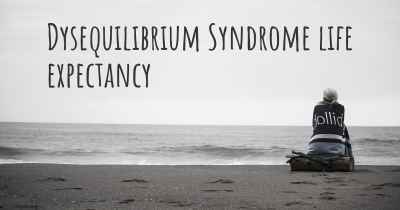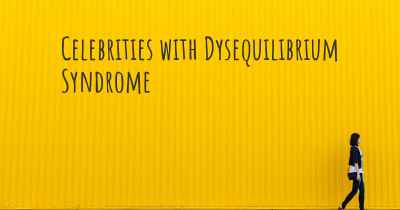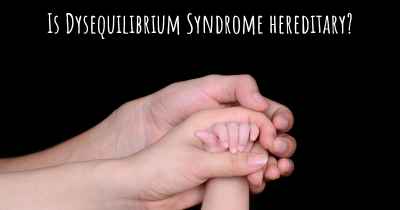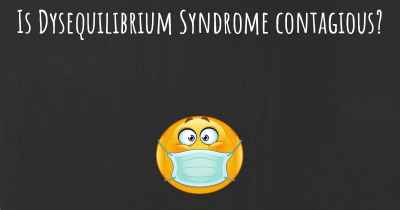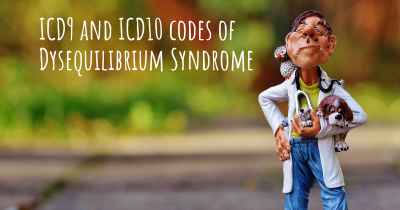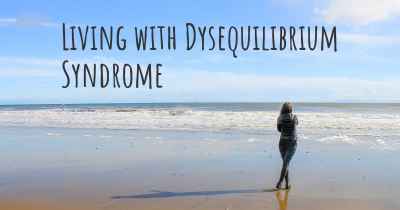What are the latest advances in Dysequilibrium Syndrome?
Here you can see the latest advances and discoveries made regarding Dysequilibrium Syndrome.

Dysequilibrium Syndrome, also known as DES, is a rare genetic disorder that affects the development and function of the cerebellum, the part of the brain responsible for balance and coordination. Individuals with DES often experience difficulties with walking, balance, and coordination, leading to unsteady movements and an increased risk of falls.
While research on DES is still ongoing, there have been several recent advances in understanding and managing this condition.
Genetic Discoveries
One significant advancement in DES research is the identification of specific genetic mutations associated with the syndrome. Scientists have discovered that mutations in certain genes, such as TSEN54, ERCC8, and DNAJC5, can lead to DES. These findings have provided valuable insights into the underlying causes of the disorder and have paved the way for further research into potential treatment options.
Improved Diagnostic Techniques
Advances in genetic testing and neuroimaging techniques have greatly improved the diagnosis of DES. Genetic testing can now identify specific mutations associated with the syndrome, allowing for more accurate and early diagnosis. Additionally, neuroimaging technologies, such as magnetic resonance imaging (MRI), have enabled healthcare professionals to visualize structural abnormalities in the cerebellum, aiding in the diagnosis and understanding of DES.
Physical Therapy and Rehabilitation
Physical therapy and rehabilitation play a crucial role in managing DES. Recent advancements in these fields have focused on developing tailored exercise programs and interventions to improve balance, coordination, and motor skills in individuals with DES. These programs often include a combination of balance training, gait exercises, and coordination drills. The use of assistive devices, such as braces or walkers, may also be recommended to enhance mobility and reduce the risk of falls.
Supportive Care and Assistive Technologies
Supportive care and assistive technologies have significantly improved the quality of life for individuals with DES. Occupational therapy interventions can help individuals develop strategies to overcome daily challenges and improve their independence. Additionally, advancements in assistive technologies, such as wearable devices and smart home adaptations, have provided new opportunities for individuals with DES to enhance their mobility and safety.
Research on Potential Therapies
Scientists are actively researching potential therapies for DES. One area of focus is gene therapy, which aims to correct the genetic mutations responsible for the disorder. While still in the early stages of development, gene therapy holds promise for treating the underlying cause of DES and potentially reversing its effects. Other areas of research include pharmacological interventions to target specific symptoms of DES and stem cell therapy to regenerate damaged cerebellar tissue.
Collaborative Efforts and Support Networks
Collaborative efforts among researchers, healthcare professionals, and patient support networks have been instrumental in advancing our understanding of DES. These collaborations have facilitated the sharing of knowledge, resources, and patient data, leading to more comprehensive research and improved patient care. Support networks and advocacy groups also play a vital role in raising awareness about DES, providing support to affected individuals and their families, and driving research efforts forward.
In conclusion, recent advances in DES research have shed light on the genetic basis of the syndrome, improved diagnostic techniques, enhanced physical therapy and rehabilitation approaches, and explored potential therapeutic interventions. While there is still much to learn about DES, these advancements offer hope for improved management and outcomes for individuals living with this rare condition.
